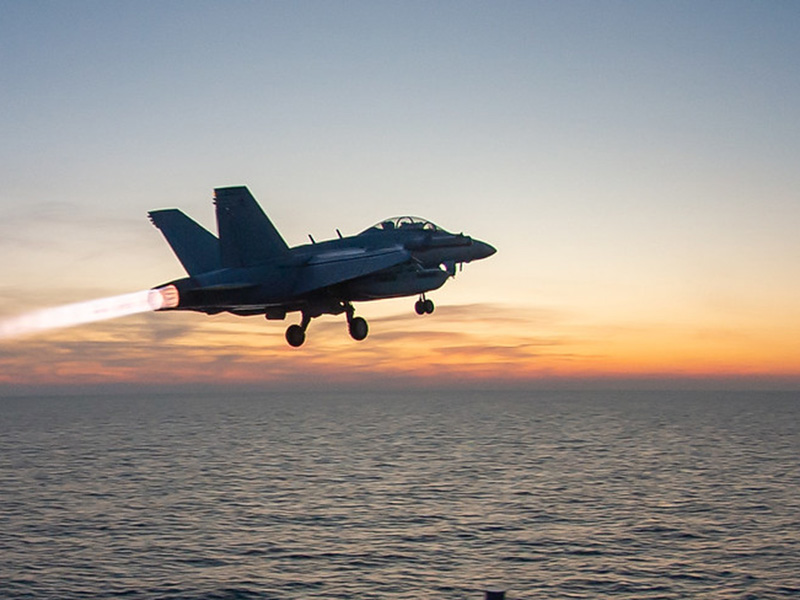SS3051: Military Applications of DoD and Commercial Space Systems - NPS Online
Military Applications of DoD and Commercial Space Systems
Course #SS3051
Est.imated Completion Time: 3 months
POC: NPS Online Support
Overview
SS3051 provides the foundational knowledge for space operations analysis and integration. The first half of the course provides the foundational knowledge necessary to begin analysis and integration to include space command and control organizations and functions within the services and joint community to include USSPACECOM and the U.S. Space Force. During this portion of the course, students examine current DoD and Commercial Space Systems, their characteristics, architectures and operations/management. These systems include position, navigation and timing, missile warning, satellite communications, and intelligence, surveillance, and reconnaissance. Students will further develop their understanding by building models of these systems and describing the purpose and function of each of components of that model. The second half of the course provides the foundations necessary to analyze military space operations, to include space control concepts, and integrate space into those military operations. Students will learn and practice the basic analytical framework and conclude the course by completing a tactically focused project that protects and integrates space capabilities and mitigates adversary threats. Requires a SECRET clearance.
Security clearance: Secret
Included in degrees & certificates
- 273
Prerequisites
- SS3011
Learning Outcomes
- Identify and describe the roles and functions of space command and control organizations within the services and joint community, including USSPACECOM and the U.S. Space Force, demonstrating an understanding of their importance in the context of national space operations.
- Explain the characteristics, architectures, and operational management of current DoD and commercial space systems, including those related to position, navigation and timing, missile warning, satellite communications, and intelligence, surveillance, and reconnaissance.
- Analyze and differentiate between various types of space systems and their applications, using criteria such as capability, reliability, and strategic value to assess their impact on space operations and national security.
- Apply modeling techniques to construct detailed representations of space systems, incorporating each component's purpose and function, to facilitate a deeper understanding of system architecture and operational dynamics.
- Evaluate the effectiveness of different space system designs and operational strategies, considering factors such as resilience to threats, coverage, and support to terrestrial operations.
- Synthesize information from multiple sources to develop a comprehensive understanding of space control concepts and the principles underlying the integration of space capabilities into military operations.
- Critique current methodologies and practices in space operations analysis and integration, proposing innovative solutions or improvements based on theoretical knowledge and practical applications learned throughout the course.
- Collaborate effectively with peers to explore complex problems and develop integrated solutions that leverage space capabilities, demonstrating teamwork and communication skills essential for future leaders in space operations.
- Demonstrate logical reasoning and strategic decision-making in the context of space operations, considering the implications of space capabilities on global security, diplomacy, and warfare, and advocating for use of space in accordance with national and international law and norms, to assist the U.S. military in completing its missions by leveraging space capabilities.

Application Deadlines
-
08 Jul 2024
Fall Quarter applications due
Academic Calendar
No upcoming events.
